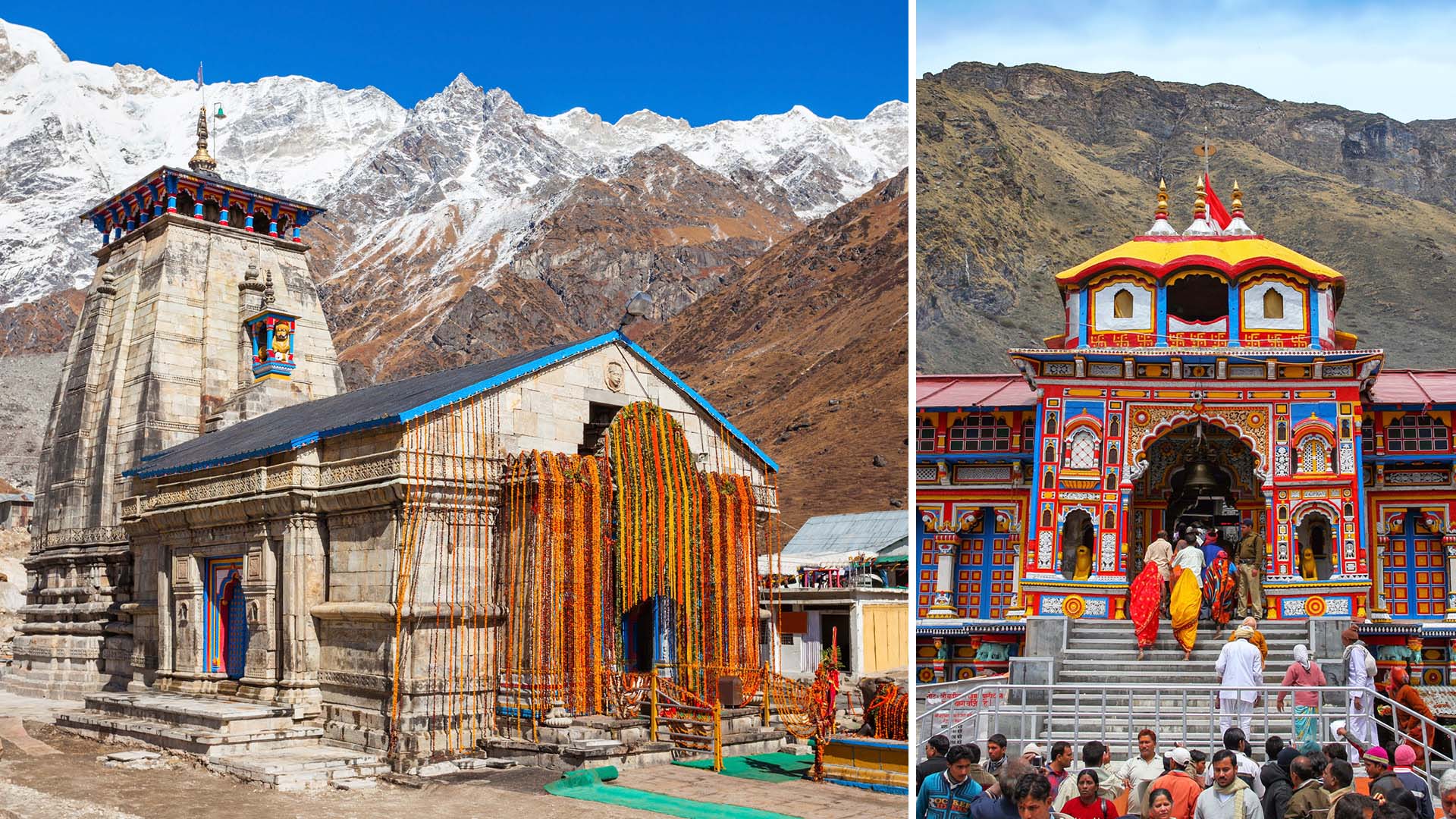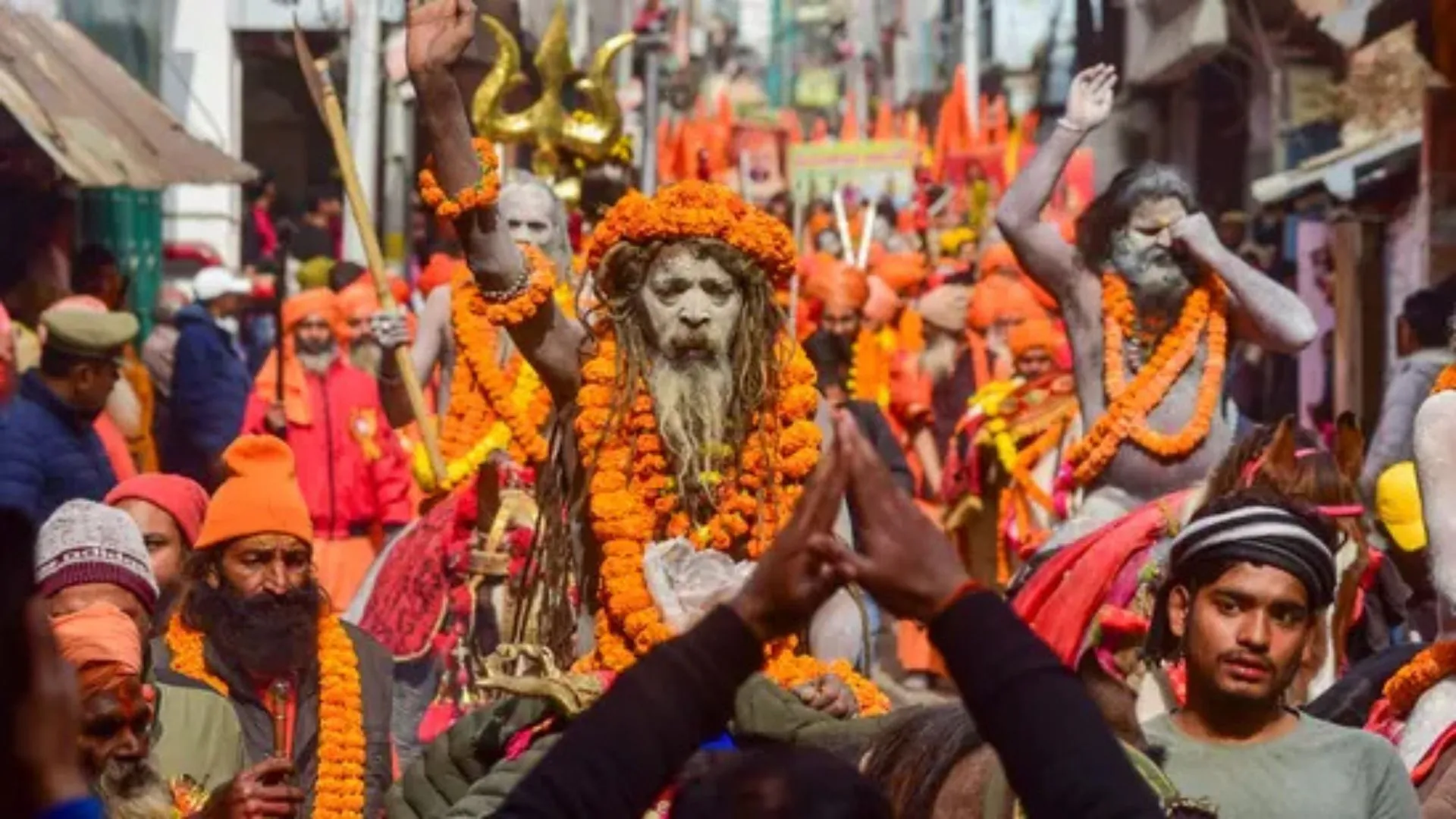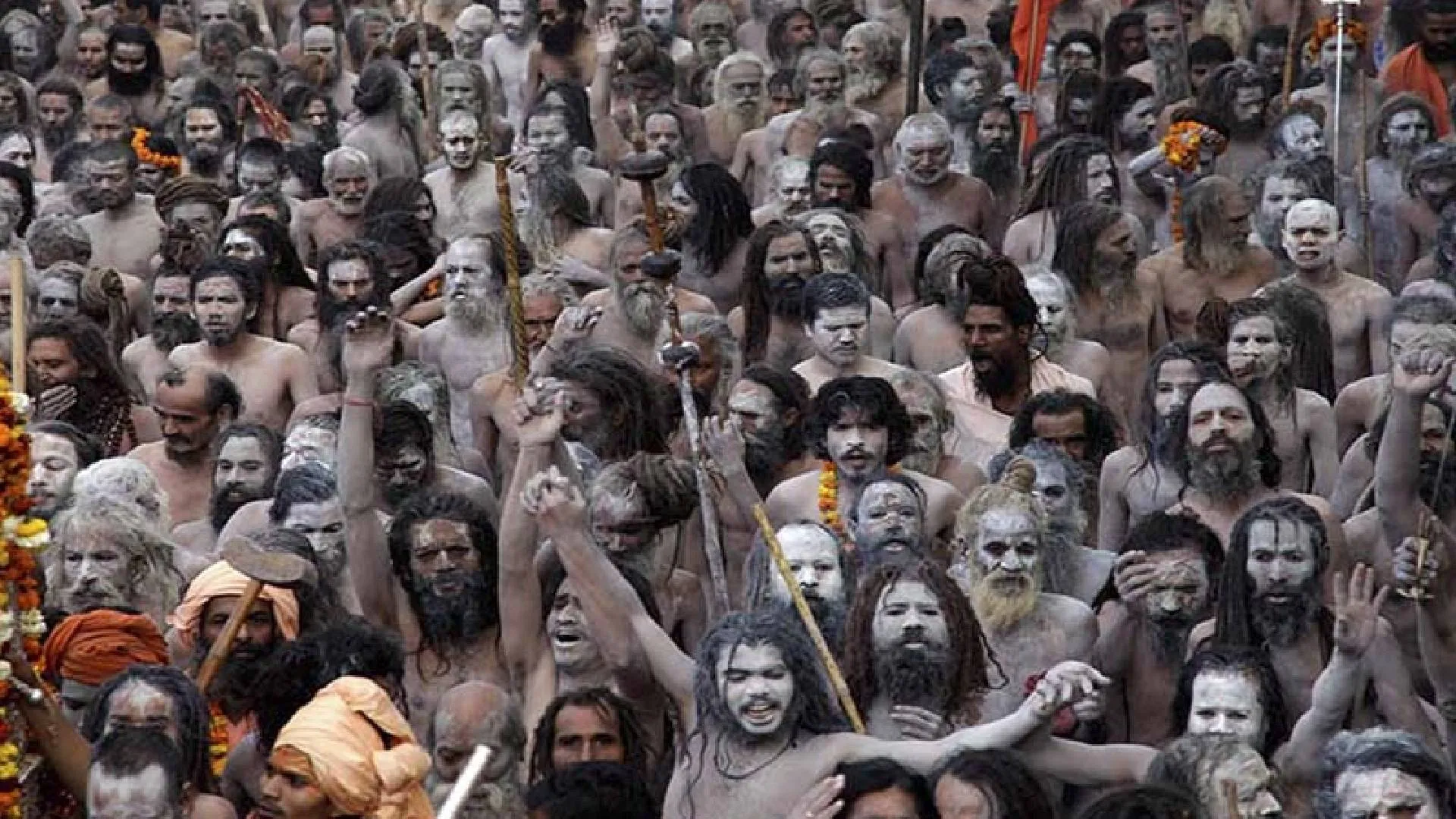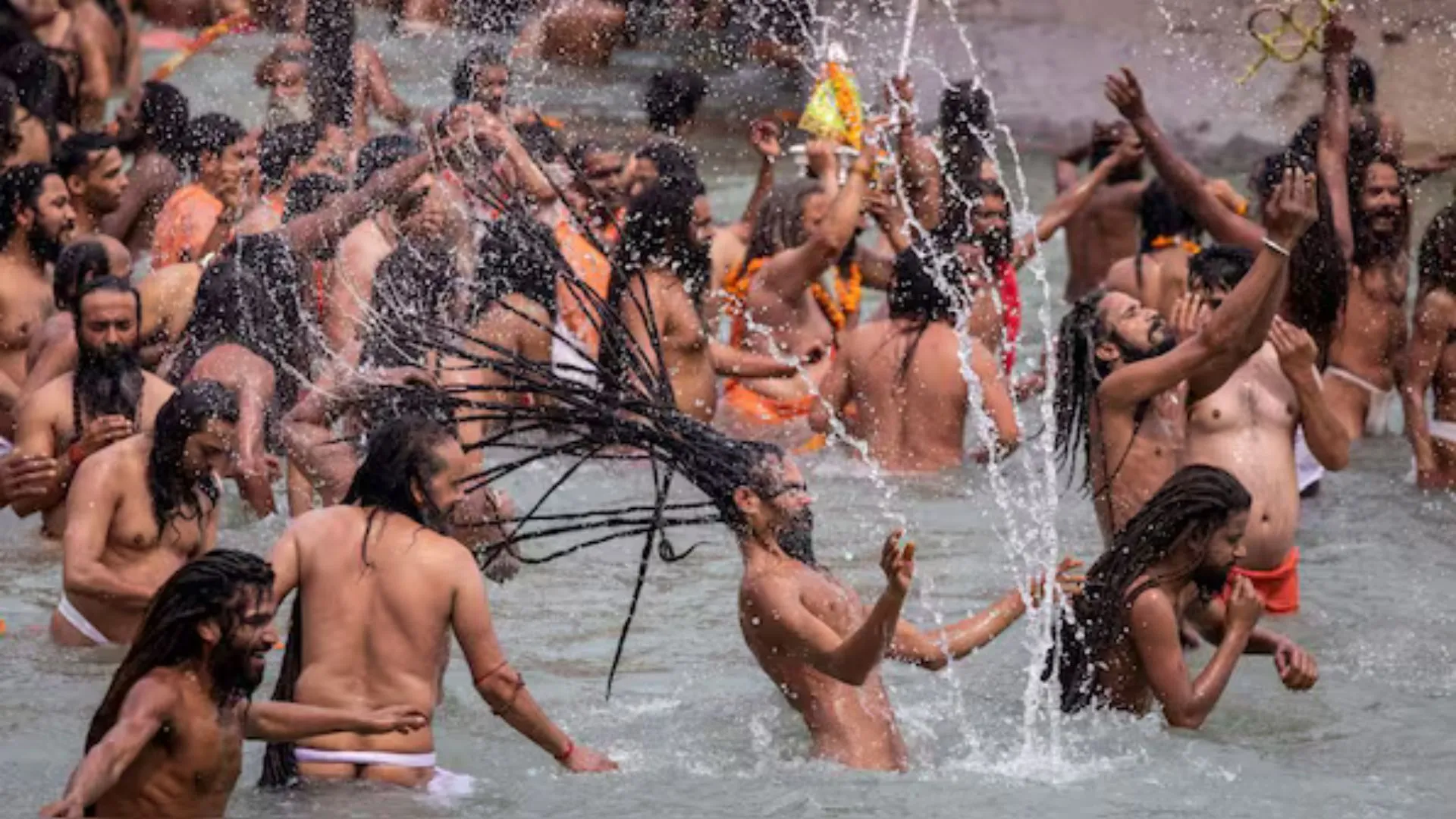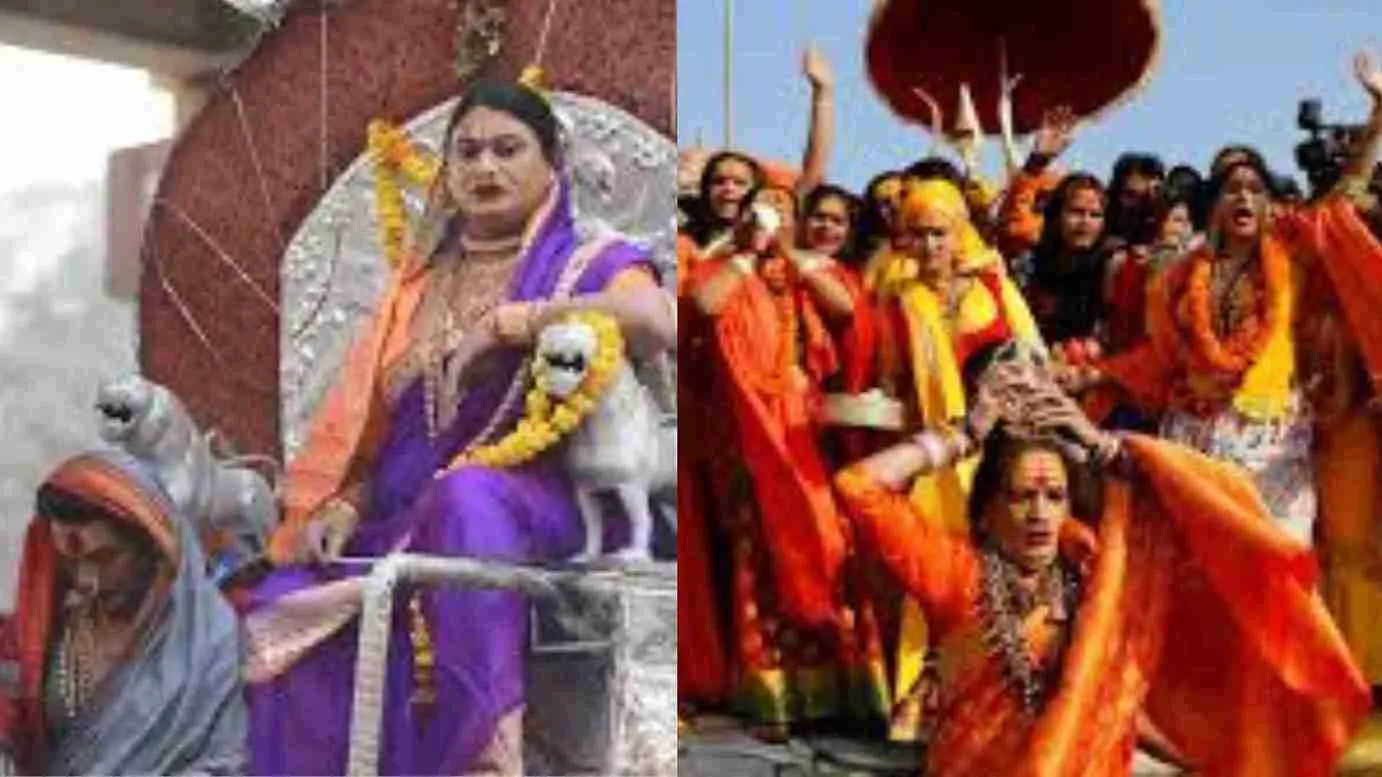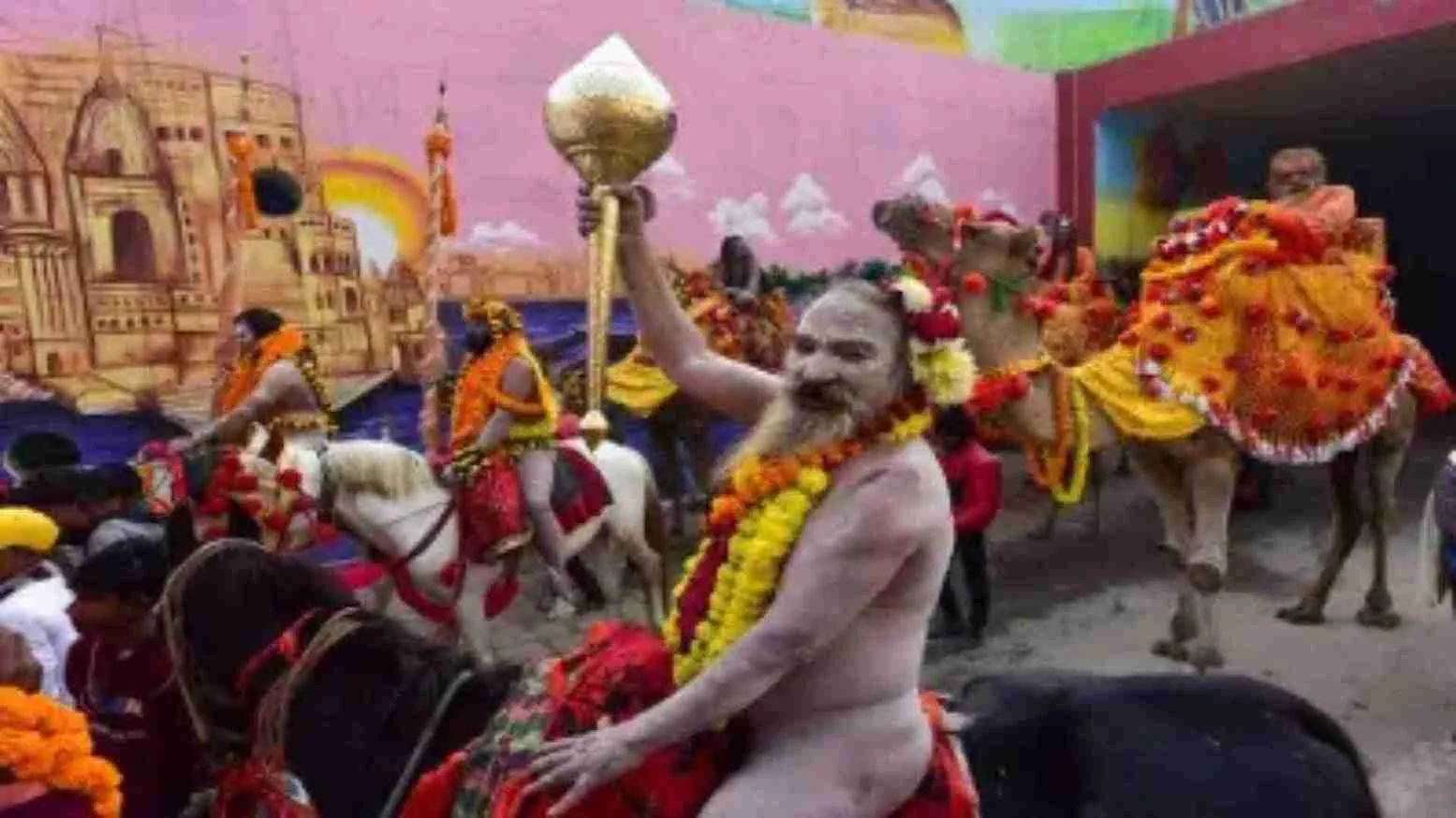Temples in India are considered sacred and hold immense religious significance for devotees. They are often dedicated to specific deities or gods that are worshipped by millions of people.
The Temples and places of Devotional worship are a great Architectural Marvels with its heritage and creations over centuries and more. Temples in India are renowned for their architectural beauty and intricate designs. They showcase impressive craftsmanship and reflect the rich cultural heritage and religious symbolism of the country, but theses temples have been the center of a lot of economic developments and community services to manage the balance between the day to day experiences to health support and financial support to Annadaan with representation from the villages or towns around the temple vicinities.
How do we differentiate between Devotion & Spirituality?
As I always refer to a particular way of differentiating between Devotion and Spirituality on how to understand the difference in the same and what you truly feel like adapting – just to typically explain elements related to us which are outside the devotee , like Murti Pujan , Karmakanda , Rituals , wearing Rudraksh or Ratna , visiting temples , etc are the Devotional side of the pattern and practices which are done by the devotee inside him / her like Naam or mantra Jaap , Kriyas , meditation or Dhyan , pranayama , Yogasanas , chakra healings or Sapta chakra shuddhikaran , wellness retreats with therapies and more are all the pointers related to spirituality
Temples , Rituals and Traditions with Cultural flavours have been the key epitome of this journey Every temple has a particular sequence of rituals and ceremonies which have been followed diligently and with clear protocols Devotees participate in prayer services, offer offerings, light lamps, perform circumambulation (pradakshina), and engage in other religious activities to seek blessings. Temples serve as spaces for devotees to engage in personal spiritual practices. Many people visit temples for meditation, chanting prayers, or seeking spiritual guidance from the priests or spiritual leaders associated with the temple.
The Temple Ecosystem closely works on the food distribution initiatives which often serve as community centres, hosting cultural events, community kitchens, processions, and festivals. They bring people together and foster a sense of community and togetherness among devotees. This process as well keeps one and all connected to the roots of the ongoing parampara for ages in our journey of mankind. Many temples are considered major pilgrimage centres in India. Devotees undertake journeys to these sacred places as a way of expressing their devotion and seeking divine blessings. These pilgrimages are often seen as transformative and spiritually fulfilling experiences.
However, from a devotee or pilgrim point of view, there may be certain aspects that are missing or could be improved
1. Infrastructure: Some temples lack proper infrastructure, such as hygiene facilities, clean drinking water, seating areas, and information centres for pilgrims. Improving the infrastructure could enhance the overall experience for visitors.
2. Crowd Experiences Management: During peak pilgrimage seasons or festivals, overcrowding can be a challenge. Implementing better crowd management techniques and ensuring the safety and comfort of devotees could improve the overall experience.
3. Information and Guidance: Many pilgrims may lack proper information about the significance of the temple, its history, rituals, and practices. Providing clear signage, audio guides, or trained personnel to guide devotees would enhance their understanding and engagement.
4. Technology Integration: Utilizing technology to provide online resources, virtual tours, or mobile applications can make information more accessible and enhance the overall experience for devotees, especially those who are unable to visit physically.
5. Environmental Conservation: As temples often attract a large number of devotees, there is a need for sustainable practices and environmental conservation efforts. Encouraging waste management, tree plantation, and promoting eco-friendly initiatives would be beneficial. Plastic free ecosystem is a key along with systematization of hygiene standards at every temple level is a must.
This spiritual journey with the powerful experiences at temples though devotional practices are highly preferred by the present generation with over flooding of devotees visiting the char dham Yatra up north with youth actively participating in large numbers. Various retreats in yoga centres or largely followed spiritual ashrams led by spiritual leaders , or visiting the mystic locations where Gurus have meditated and created the mystical journeys in the past are a top favorite outing locations with an average age category ranging between 24 to 38 age groups based on the survey conducted which shows us how the trends are changing and Spirituality and Devotion is no more a task taken up by followers only as per their free time or span post retirements – which was earlier the trend
This is the true sentiment of the times , not only with the Indian audiences but as well with the global traveller with places like Haridwar – Rishikesh , Goa , Puducherry , Udipi , Coimbatore , Banglore are emerging as the new Spirituality Capitals with Temple towns to add the devotional topping on the same.
The author is the Founder of Temple Connect & International Temples Convention & Expo.

